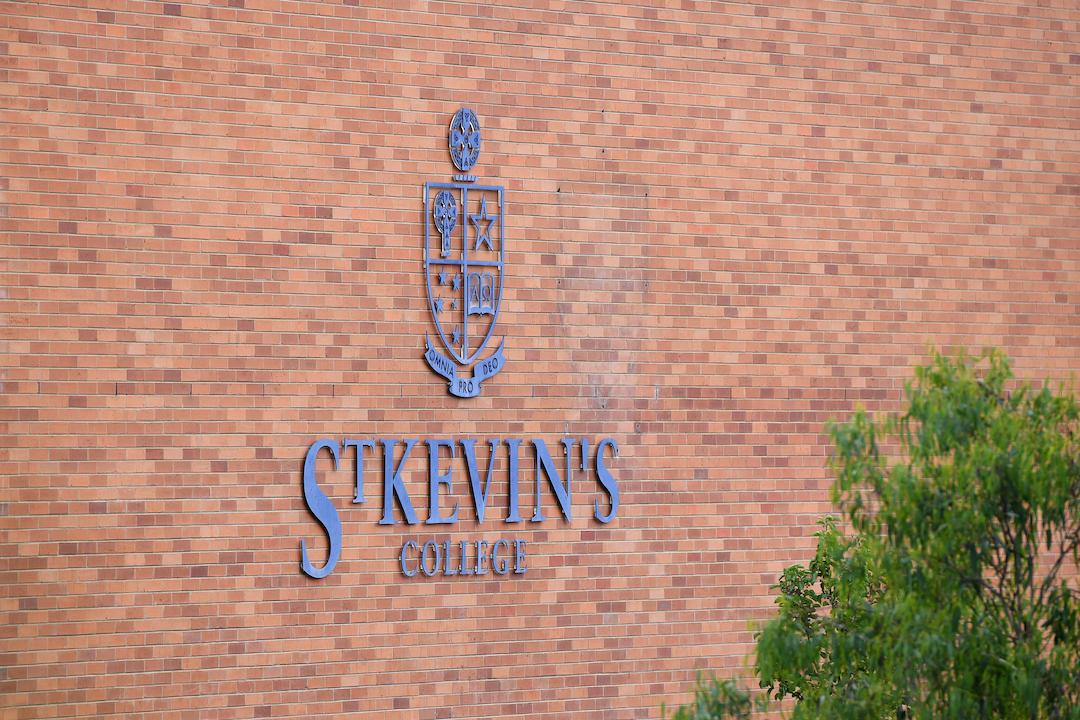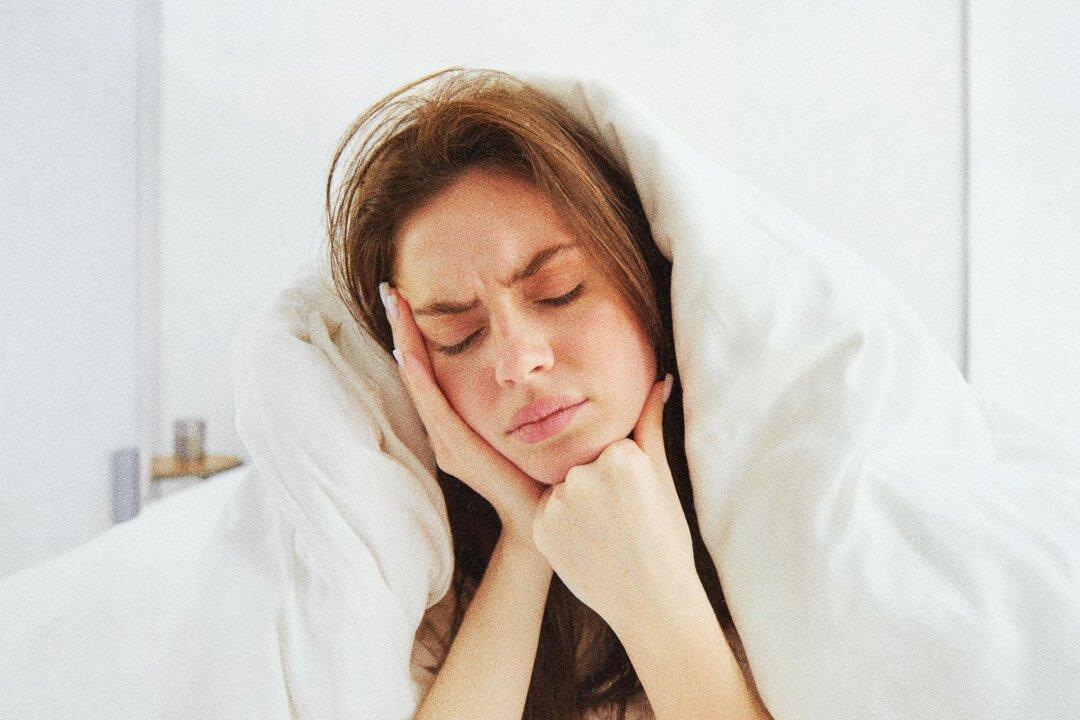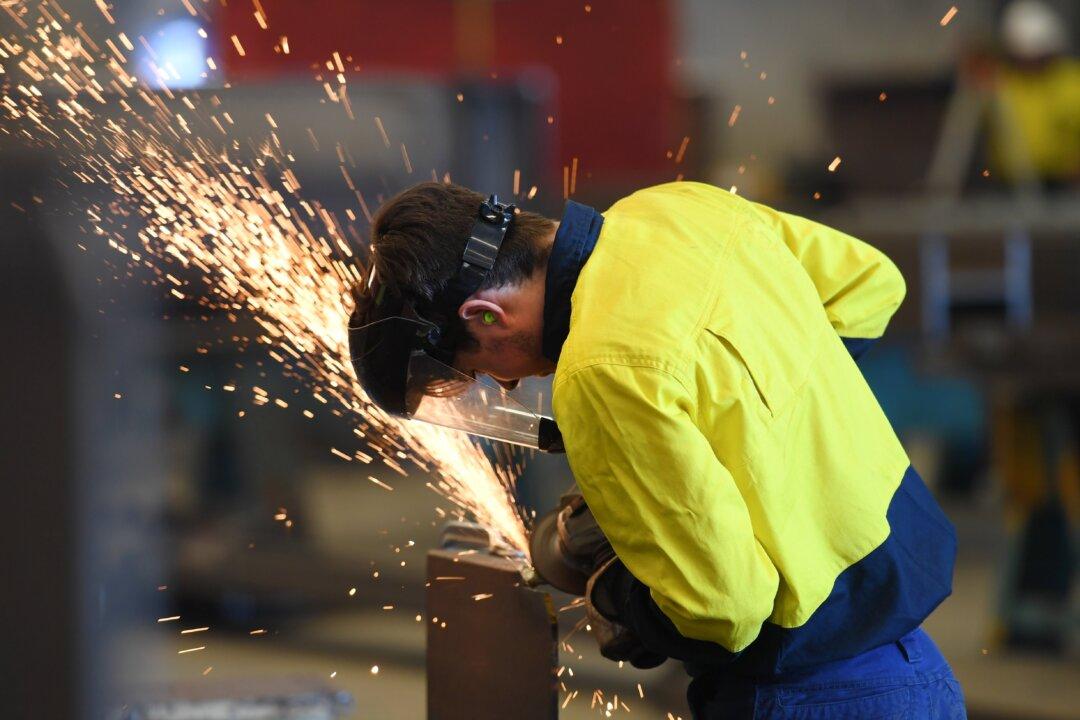Victorian Catholic schools have welcomed the change in the upcoming payroll tax levy threshold but remain opposed to the additional tax.
This follows backlash from the non-government school sector after the May state budget revealed that schools earning more than $7,500 (US4,972) per student would be charged an additional tax levy. This levy will go towards the state’s payment of emergency pandemic spending over the past three years.





